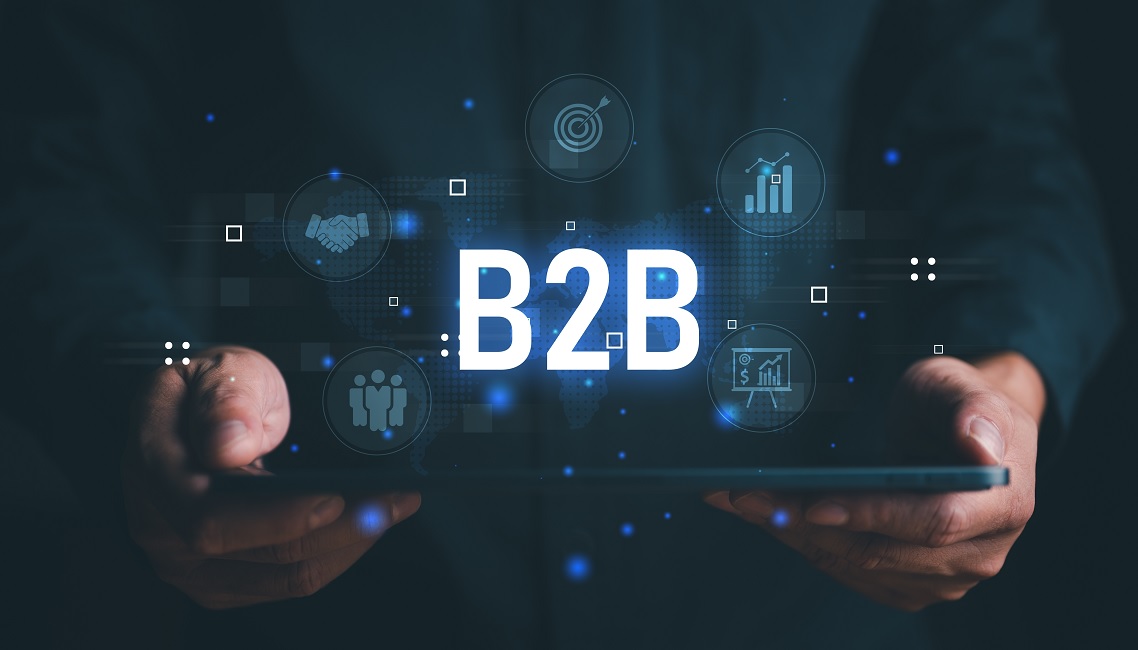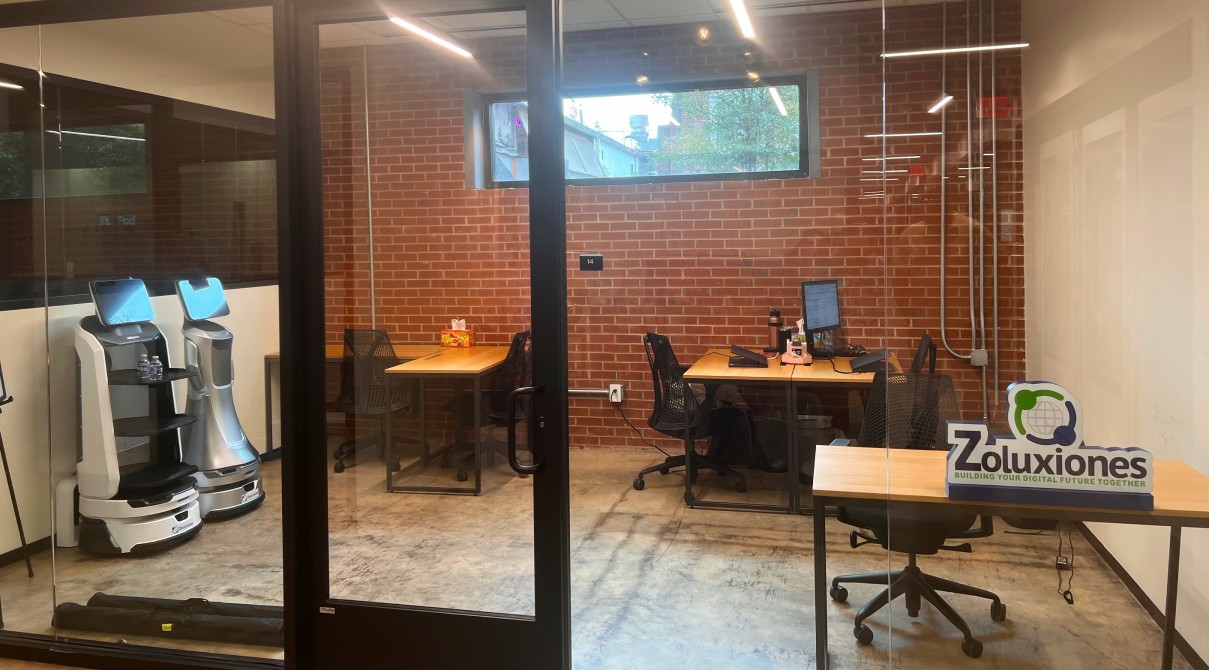This website uses cookies so that we can provide you with the best user experience possible. Cookie information is stored in your browser and performs functions such as recognising you when you return to our website and helping our team to understand which sections of the website you find most interesting and useful.

calendar_month 23 May 2023
bookmark Articles
How to maximize your sales opportunities in a changing B2B environment
Choosing the right time to contact potential customers is critical. If they are contacted too early or too late, the expected results will not be obtained. Although companies are looking for MQLs (Marketing Qualified Leads), they provide only limited information about customers’
Today, users are more digitally savvy and expect business applications and solutions to be easy to use and personalized. The pandemic has accelerated digital change, and smartphones have become the primary tool of choice.
In the B2B buying process, buyers go 70% of the way through the process without speaking to a sales rep, which means these touchpoints don’t provide valuable information for sales and marketing. Today’s users avoid filling out forms until they have completed their own research and product comparison.
Since the average form-fill rate in the IT industry is 3%, it is increasingly important to remove anonymity from web traffic.
In short, users have become anonymous, fragmented and reluctant to share their personal data. It is essential to understand the buying process of today’s buyers, their stages of engagement and when action is needed to improve the customer experience to increase revenue.
In the B2B arena, the buyer is no longer just an individual, but a group consisting of a buying committee of about ten decision makers in an organization (the size of the buying committee can vary depending on the size of the deal).
Business planning must be dynamic due to rapid evolution, which means that the way prospecting is conducted must also change. B2B marketing must shift its focus from leads to accounts.
Sales, marketing and customer success teams must work together in a larger team that aims to generate and protect revenue. They must be aligned and consider the entire customer lifecycle, including retention and promotion.
It is impossible to implement a full-scale ABM (Account-Based Marketing & Sales) strategy without the right technology. Account engagement platforms allow companies to leverage big data, artificial intelligence and machine learning to target non-inbound accounts.
Prediction is made based on visitor interaction, allowing sales and marketing teams to know when is the right time to engage. This translates into campaigns that are based on the user’s history, resulting in dynamic targeting. This smart play on the buying process can adapt to the audience in real time, moving forward or backward in accounts based on their behavior. In this way, potential customers can be targeted with the right content, on the right channel, at the right time.
To measure success, it is important to evaluate the increase in engagement, intent signals and number of accounts reached. These KPIs provide valuable information on actual intent, compared to traditional metrics.
Account engagement platforms have an integrated customer data platform, and integrate with various platforms, including CRM, MAP, sales engagement platforms and advertising.
The data-driven approach allows teams to take precise and focused actions to uncover demand, prioritize efforts, and work with accounts that are most likely to open an opportunity. It’s about capturing demand, not generating leads.
These tools significantly improve the quality of sales opportunities, increase sales velocity, conversion rates and the ability to predict revenue.
To implement an effective ABM strategy, it is critical to select the best accounts, know them well, engage appropriately, collaborate with sales, and follow up on the real things.
Digital transformation involves changing the lead scoring process and acquiring new capabilities for the technology stack. It is crucial to adopt personalized orchestrations and automated actions based on buyer behavior and account, contact and opportunity data.
To scale an ABM strategy, it is important to follow seven steps how to: define the business vision, objectives, martech stack, KPIs and budget, identify and prioritize opportunities to grow, design the go-to-market plan, execute, learn and iterate the five-step ABM-based formula: measure success and communicate, iterate and scale.
To scale the ABM plan, it is necessary to establish a clear vision, select the necessary marketing technology stack, build a solid plan that assesses the business and growth opportunities, develop a Go-to-market plan and measure success through various metrics.motivations and stages in the buying process.
Latest Post
-

3 Oct 2025
AI tools to watch in 2026: Driving transformation across industries
-

10 Sep 2025
Why scalability matters in custom software development
-

3 Jun 2025
Implementing AI solutions: Best practices for 2025
-

12 Dec 2024
Zoluxiones Shines at the Latin American Chamber of Commerce Charlotte’s “Golden Era” Gala
-

6 Nov 2024
Zoluxiones Expands Its Horizons: We’ve Opened Our New Office in Charlotte!


